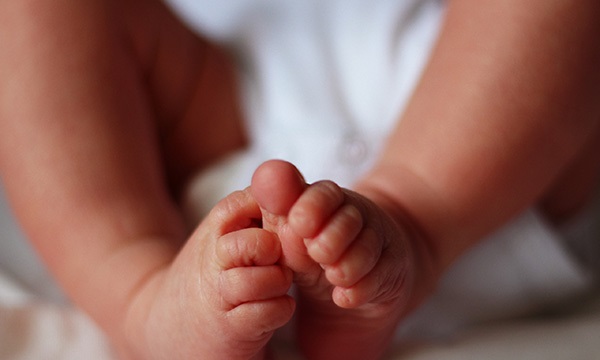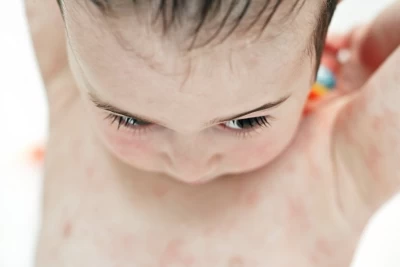Biological basis of child health 6: development of the skeletal system and orthopaedic conditions

Resource
Exclusive quality-assured learning resource
Online

Available to RCNi Plus subscribers
Applicable for any nurse with an RCNi subscription
This article is the sixth in a series on the biological basis of child health. It provides an overview of the development of the skeletal system before and after birth, and outlines the potential congenital anomalies that may occur.
The article explains the structure and function of the bones before describing the role of the joints, tendons and ligaments. It also outlines the presentation and management of some of the common orthopaedic conditions seen in infants and children, including fractures, osteogenesis imperfecta, scoliosis, juvenile idiopathic arthritis, developmental dysplasia of the hip and achondroplasia.
Who is this resource for?
This resource is aimed at nurses and nursing support workers across all settings and levels of practice, including students of health, social work and care professions.

 ;
;